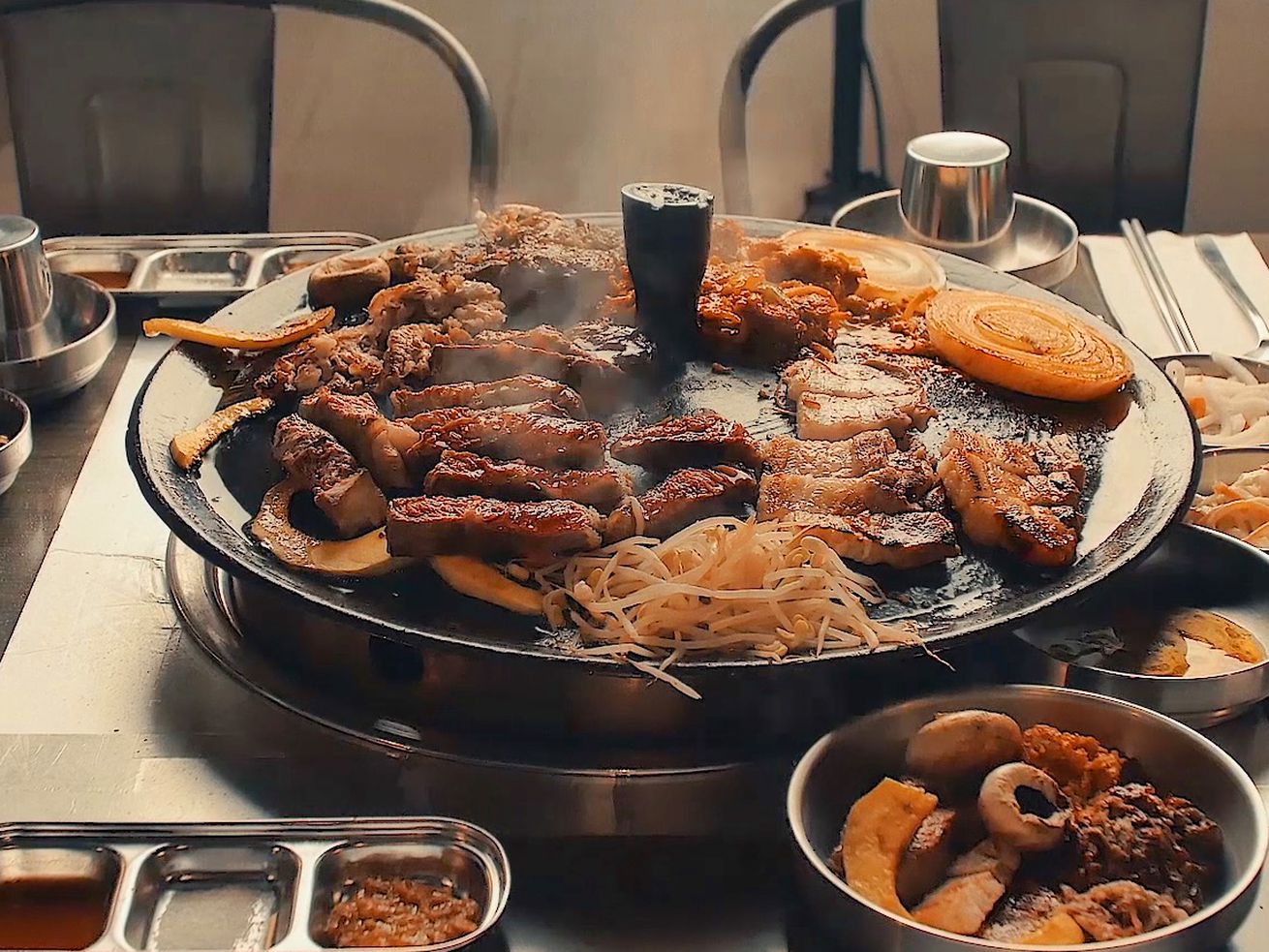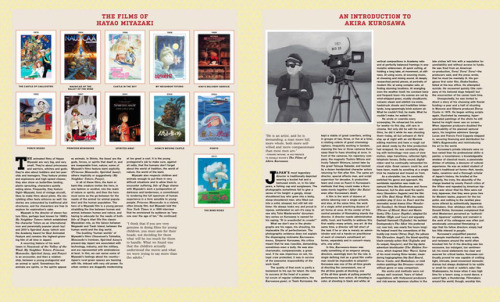Introduction
Geek culture has a conflicted relationship with making references. It can be the lingua franca of geeks—reciting lines wholesale from Star Trek, Monty Python, The Simpsons, Mystery Science Theater 3000, and other nerd favorites has long been a way to identify like-minded individuals, especially when those interests might not have been considered popular in a schoolyard or office. But that same geek culture, once characterized by references to living in family basements, is now integrated into mainstream culture. It’s to the point that the distinction between hardcore and casual is blurred, inviting never-ending debates about whether that line truly exists, let alone where it might fall. The most successful sitcom ever is The Big Bang Theory, a show about a bunch of brainy dorks who hit every stereotype this side of Steve Urkel.
In this environment, reference humor in geek culture is now being criticized in popular culture as overly insular, perhaps even symptomatic of gate-keeping out women and certain ethnic groups. References are seen as a crutch, a way to siphon off the value and humor of others in absence of one’s own. Unfavorable reviews of the book Ready Player One may be justified in pointing out its misogynistic themes and awkward prose, but it’s also viewed as a prime example of reference subculture gone too far in its arrogance and alienation.
Yet, there’s another example of a once relatively small cultural movement that has established itself in mainstream culture, one that also thrives on references to itself in ways that can seem inaccessible to outsiders: rap and hip hop. In that respect, I find it fascinating that both geek and rap cultures share a lot of similarities. In addition to the heavy focus on references, they’re also grappling with the fact that while they have helped to provide voices to the voiceless, they’re also avenues for misogyny and racism to rear their ugly heads. Despite their stereotypes being virtual opposites of each other—the 98 lb. pasty white nerd living in soul-crushing suburbia vs. the hard-edged gangsta in the life-threatening inner city—there’s a good deal of resonance between the two, and that’s before taking into account the fact that nerd references actually do show up in rap on a regular basis. However, while the use of references in hip hop seems to elevate it in the eyes of the general public, it’s considered something of a strike against geek culture. The question is then, what causes this difference in perception?
Hip Hop’s Reference Culture
The spark for this essay came to me thanks to a book I recently read: Original Gangstas: Tupac Shakur, Dr. Dre, Eazy-E, Ice Cube, and the Birth of West Coast Rap. Among other informative things for someone unknowledgeable about the subject like myself, one aspect it points out about west coast rap and hip hop is that it grew partly out of the rappers’ desire to make songs that spoke to their lived experiences, as opposed to what they were getting from New York City, where rap originated.
The key example the book gives of this desire to express west coast authenticity comes from a line in Eazy-E’s “Boyz-n-the-Hood”: Cruisin’ down the street in my ’64. Westhoff himself describes his youth, listening to this song and dreaming of riding a “Six-four” without knowing what that actually was. But to a certain audience, especially those who grew up in areas like Compton, Eazy-E was quite obviously talking about a 1964 Chevy Impala. Though more a way to speak to those on the streets, there was perhaps another inadvertent takeaway for those who weren’t familiar with this experience: “This is a west coast thing. You probably wouldn’t understand.”
Information like what “six-four” means might be taken for granted by those intimately familiar with rap and hip hop. But speaking personally, my relationship with these genres was, for the longest time, largely limited to memories of what my siblings would listen to. It’s why I found Original Gangstas so potent, as it helped give me perspective on things I only tangentially understood: the significance of Dr. Dre’s “The Chronic” in popularizing the style known as G-Funk, the old differences between east coast and west coast styles, etc. As a relative outsider, I’ve long found that the propensity for rap to throw out references to culture without explanation, couch them in rhythm and lyrics, and use callbacks to other songs (whether in praise or as an insult) made it difficult for me (who grew up not terribly music-inclined in general) to make heads or tails of. I didn’t reject it as music I was supposed to “hate,” nor did I believe that “rap isn’t real music.” Rather, I felt that it was the popular kids’ music, and that it spoke of things I, as an out-of-shape Asian kid who couldn’t win a fight against a hamster, perhaps wasn’t “supposed” to be able to connect to.
That was the past, and I now feel more open and receptive to hip hop, thanks in part to David Brothers, who writes about the connection between geek culture and rap on a regular basis. Yet, I still feel that time away has affected me by stunting not just the potential knowledge of hip hop that’s in my head, but also the potential feeling of it in my heart and soul. With respect to this complicated sensation, one song I keep coming back to is Jay-Z and Alicia Keys’s “Empire State of Mind.” It’s about as famous and popular a rap song as it gets, but as someone who was born and raised in New York City, there are references in it I intrinsically understand and some that I had to look up. I know that going from Harlem to Tribeca is essentially traveling from the top to the bottom of Manhattan. I know that being so “Spike’d out I can trip a referee” is referring to Spike Lee’s propensity for getting front-row tickets to Knicks games while simultaneously talking up Jay-Z’s swagger. I had no clue what “paying Lebron” and “paying Dwyane Wade” meant, having next to no knowledge of drug culture, nor did I know that “BK” being from Texas is about Beyoncé, Jay-Z’s wife. Listening to the song feels somehow both deeply familiar and unusually foreign.
Contemplating “Empire State of Mind” relative to other rap songs, it makes me wonder if this is how many people feel similarly about nerd reference culture. If there’s enough to chew on, it becomes a relatable experience. If there isn’t, it might be downright alienating. “It’s a geek thing. You probably wouldn’t understand.” Whether by accident or by intent, this can transform into “You’re not supposed to understand.” But unlike west coast rap, which was originally tied to a certain region and its surrounding cultural and economic situation, the fuel for geek culture was all over the place. I was surprised to find out (thanks again to Original Gangstas) that a young Snoop Dogg and Warren G were in a group called Voltron Crew. (There’s also a video of Snoop Dogg reminiscing about playing with Voltron toys and pretending they could move.) Moreover, at a panel at New York Comic Con 2018, DMC (of Run-DMC) talked about how he was inspired to express through his rap the entertainment culture he saw: Godzilla, Bela Lugosi and Boris Karloff movies, etc. One gets the impression that geek culture was never truly rooted in those pasty white suburbs, and with each passing generation that image gets reclaimed and transformed.
Rap’s references don’t just end with talking about the streets or various aspects of pop culture, either. There’s also a tradition of calling back to previous rap songs, which rewards those fans and listeners who avidly follow the genre. Original Gangstas describes how “Hit ’em Up,” the infamous diss track that is just five minutes of venom directed at the Notorious B.I.G., Tupac makes numerous references to the enemy camp’s music, twisting them into dark parodies such that anyone who recognizes the originals can feel the vitriol hitting even harder. Notably, the line “Grab your dick if you love hip hop” from “Player’s Anthem” by Notorious B.I.G. and Junior Mafia becomes “Grab your glocks when you see Tupac.” You don’t need to know the specific references to pick up on the sheer anger Tupac has for Biggie, but it helps.
The Desire to Affirm Geek Identity, and the Hurdles Created in Consequence
Geek reference culture still carries a legacy of wanting to legitimize one’s own experiences, and in that respect it mirrors a lot of what rap and hip hop have done. However, where I find the key dissimilarities begin to manifest is in how attached the purveyors and fans of geekdom and rap get to their source materials. While plenty of creators allow their influences to show through in subtle ways—Steven Universe clearly has the DNA of Sailor Moon in it—the most visible parts of geekdom are those whose umbilical cords have never fully detached from the things they reference. Many of these works, while excellent in their own right, fall apart almost completely when divorced from their immediate contexts. The ones most absolutely dependent on showing off their callbacks, i.e. the Ready Player One‘s of the world, are too busy showing themselves as “nerdy” to build towards anything more. There’s a kind of clumsiness that makes people bristle.
In contrast, rap, even when one doesn’t get all of the in-jokes and shout-outs, still tend to convey enough meaning in other ways that those songs don’t live or die by the number of references contained within. But that might just be because referencing and remixing have been a part of hip hop since day one, before rappers even rose to prominence. In the earliest days, it was the DJs who commanded all the attention, and their craft is based in mixing together bits and pieces of various existing soundtracks. When Grandmaster Flash talks about getting rid of the “wack parts” to make a more enjoyable experience, he’s recalling making those old vinyls into his own. Incidentally, in this same video, he talks about the science of DJing being this incredibly geeky thing, but that he couldn’t express it as such back then because it wasn’t cool to be a geek. Hip hop has a legacy of creators not being afraid to take what’s out there and put it directly into a song, but also trying to transform them for their own unique purposes.
One point of convergence and then divergence is how nerd references get into rap and hip hop. Along this vein are two general categories: nerdy rapping and nerdcore rapping, i.e. songs with nerdy callbacks in them vs. songs where geek culture is the primary subject matter. Before I proceed, however, I want to make one thing clear: What I’m discussing is not a matter of talent of performer or quality of song; I have neither the musical expertise nor the familiarity with hip hop to cast that kind of high-and-mighty judgment. It would also be quite unfair to pit a small-time YouTuber against Snoop Dogg literally doing a song for Tekken and expect the former to live up to the latter in terms of raw ability and experience.
However, if we look beyond talent or quality and just at subject matter, nerdcore’s reputation (for better or worse) is that it’s hyper-focused on celebrating nerdiness. In contrast, nerdy rapping is about incorporating those geek references to make a point. MC Frontalot is not considered to be unskilled as a rapper, but “I’ll Form the Head” mainly requires the listener to be in on the joke—that it’s a parody of Voltron. On the other hand, when Soulja Boy raps, “Bitch I look like Goku,” he’s likening himself to the Dragon Ball protagonist to instantly communicate his power and confidence. Even if you don’t know who Goku is, the delivery tells you that it’s someone who’s a big deal. The same song (titled “Goku” of course) also references the 1964 Chevy Impala, as if to equate their cultural symbolism. It’s not a matter of “reality” vs. “fiction,” either. A lot of non-nerdy hip hop is about presenting fictionalized versions of oneself, such as Eminem’s Slim Shady.
A Crucial Difference?
One major disparity might be that while references in hip hop convey a sense of mutual understanding and experience to often self-aggrandize, traditional geek culture places much of its subcultural cache in the accumulation of nerdy knowledge—i.e. nerd cred. It’s one thing for Jay-Z to talk about how he “made the Yankee hat more famous than a Yankee can,” or for Snoop Dogg to explain, “I got the Rolly [Rolex] on my arm and I’m pouring Chandon [an expensive sparkling wine].” It’s another to operate as Ready Player One does, and tie the hero’s success to his mastery of 80s pop culture. This even extends to how hip hop and geek cultures try to suss out “fake” fans. In hip hop, like with other forms of music, a lot of it has to do with taste. If you like Macklemore or Vanilla Ice, you’re supposedly not a “real” fan because you can’t handle the hard stuff. However, it’s not like hip hop fans expect everyone to have encyclopedic knowledge of rap. In contrast, when someone is accused of being a “fake geek” or a “fake geek girl,” it’s more to do with the idea that their kung-fu isn’t strong enough—that they lack the extensive study of trivia and information that’s long been expected of nerds. For hip hop and rap, references are the doorway. For geek culture, it can often feel like the destination, and as long as that reputation persists, there will always be a sense of impermeability between geek and non-geek cultures.
 White Blood Cell 1146 (Cells at Work!)
White Blood Cell 1146 (Cells at Work!) Aisaki Emiru (Hugtto! Precure)
Aisaki Emiru (Hugtto! Precure) Daidouji Tomoyo (Cardcaptor Sakura: Clear Card)
Daidouji Tomoyo (Cardcaptor Sakura: Clear Card)




/cdn.vox-cdn.com/uploads/chorus_asset/file/13248969/498448071_gmSfu9Em4dPE_MW_Ct9vN_5RX29pg3xOwcaxvJxDRSw.jpg) Moon B./
Moon B.//cdn.vox-cdn.com/uploads/chorus_asset/file/13248995/lets_meat_bbq3.jpg) Let’s Meat [
Let’s Meat [











 By Daniel Lodge Adventure Time is ending this fall. After 10 seasons of mind bending adventures, psychedelic dungeons, complex character development, and deep world building, Adventure Time will have finally come to a close. The Beat had a chance to sit down with Executive Producer Adam Muto, and voice talents John DiMaggio (Jake), Jeremy Shada […]
By Daniel Lodge Adventure Time is ending this fall. After 10 seasons of mind bending adventures, psychedelic dungeons, complex character development, and deep world building, Adventure Time will have finally come to a close. The Beat had a chance to sit down with Executive Producer Adam Muto, and voice talents John DiMaggio (Jake), Jeremy Shada […]

